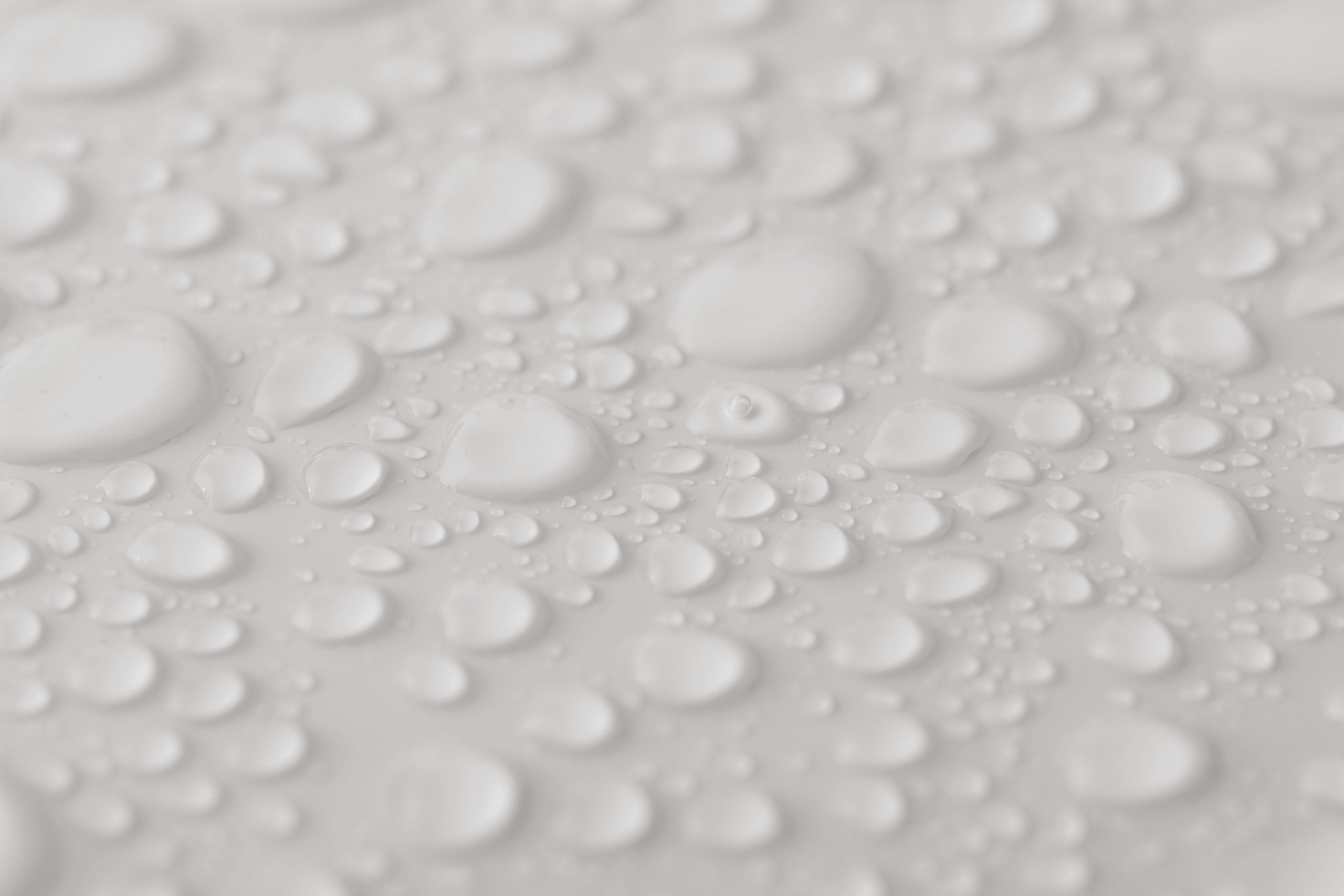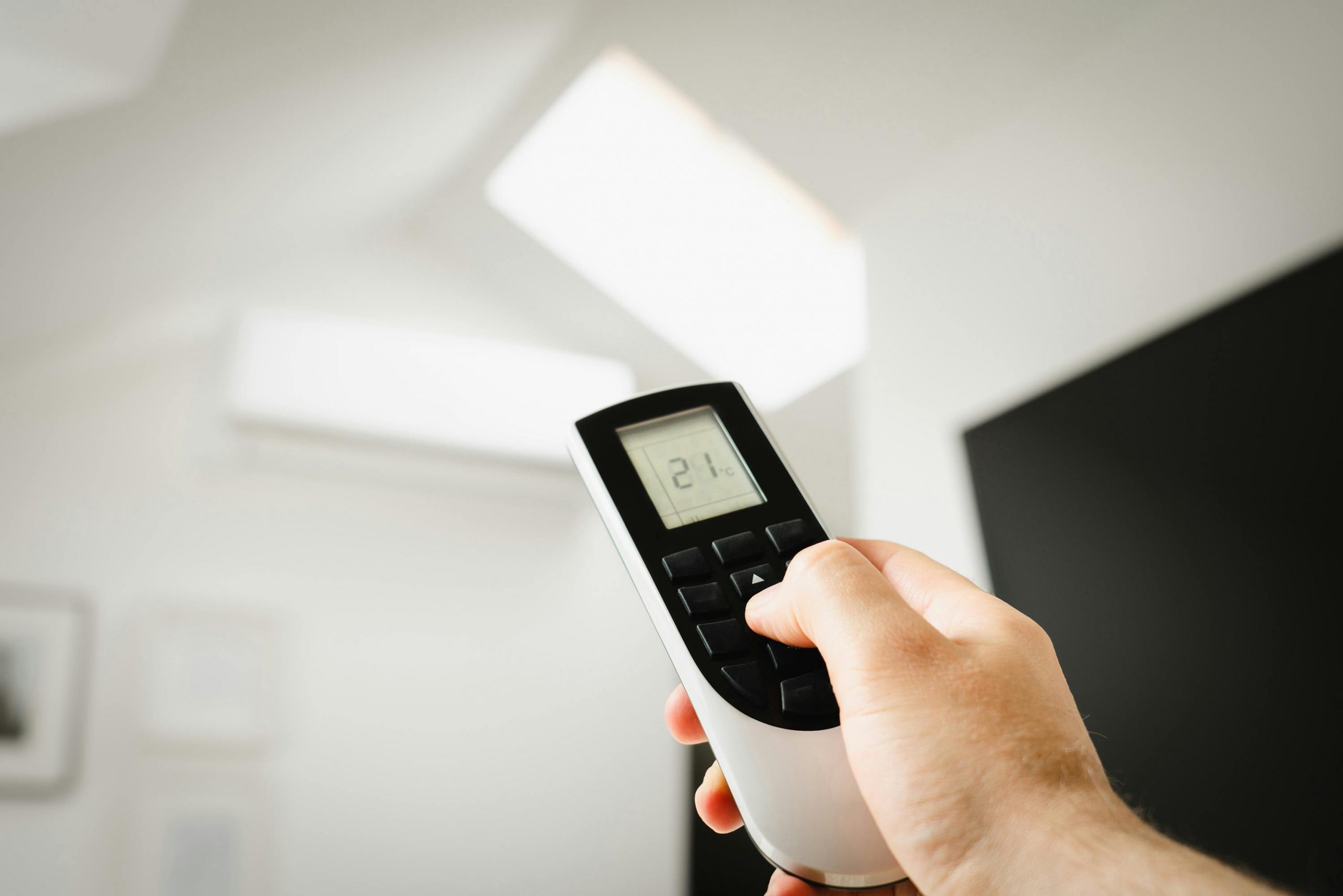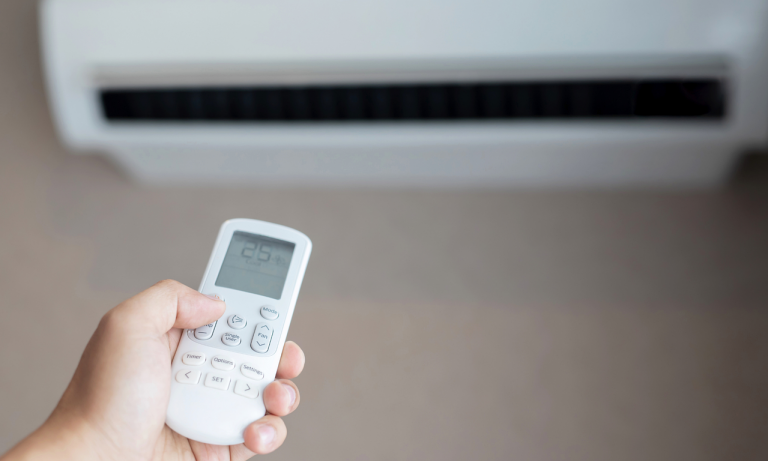- Clogged Drain Lines Are a Major Cause of Leaks: Dirt, algae, and debris can block the condensate line, causing water to back up and spill inside your home.
- Dirty Filters and Low Refrigerant Can Lead to Coil Freezing: Restricted airflow or low refrigerant can freeze the evaporator coil, and when it melts, water can overflow.
- Drain Pans and Installation Matter: Rusted, cracked, or improperly installed AC units can cause leaks if water isn’t directed properly to the drain.
- DIY Fixes Can Solve Minor Leaks: Cleaning drain lines, replacing air filters, leveling the unit, or sealing small cracks in the drain pan can stop minor leaks.
- Professional Help Is Needed for Serious Issues: Persistent leaks, refrigerant problems, or water damage require a licensed technician to ensure safe and effective repairs.
- Preventive Maintenance Reduces Future Leaks: Regular inspections, filter replacements, coil cleaning, and clearing debris around the AC prevent leaks and improve efficiency.
- Warning Signs Should Prompt Immediate Action: Mold growth, water damage, higher energy bills, and poor cooling performance indicate leaks that could lead to bigger problems.
Air conditioners are essential for staying cool during hot months, but a leaking AC can quickly turn your comfort into a headache. Leaks not only reduce efficiency but can also damage your home if left unchecked. In this guide, we’ll explore why your AC might be leaking, how to fix it, and what you can do to prevent future problems.
Why Is My Air Conditioner Leaking?
A leaking air conditioner can be frustrating, and figuring out the root cause is the first step toward fixing it. Leaks usually indicate that something in your AC system isn’t working correctly. Here’s a detailed look at the most common reasons your AC might be dripping water:
Clogged Drain Line
The condensate drain line is designed to channel moisture away from your AC and out of your home. Over time, dirt, dust, or algae can accumulate in the line, creating a blockage. When this happens, water can’t flow freely and may back up, eventually spilling over inside your house. If ignored, this can lead to water damage and even mold growth around the unit.
Dirty Air Filter
Air filters are crucial for proper airflow. When a filter becomes clogged, air struggles to pass over the evaporator coil, causing it to get too cold and freeze. Once the ice melts, it can create excess water that your drain pan may not handle, leading to leaks. Keeping filters clean not only prevents leaks but also improves your AC’s efficiency.
Low Refrigerant Levels
Refrigerant is essential for cooling your home. When levels drop—often due to leaks in the system—the evaporator coil can freeze just like it does with a dirty filter. As the ice melts, it can cause water to drip from areas where it shouldn’t. Low refrigerant can also indicate a bigger problem that needs a professional to fix.
Damaged or Rusted Drain Pan
The drain pan collects water from the evaporator coil. Over time, it can rust or crack, especially in older units, leading to leaks directly under your AC. Small cracks might be temporarily sealed, but a severely damaged pan usually requires replacement to prevent ongoing water damage.
Improper Installation or Tilt
If your AC is not installed level, water may not flow toward the drain properly. Even a slight tilt in the wrong direction can cause condensation to pool and leak into your home instead of the pan. Proper installation ensures that water drains efficiently.
Understanding the cause of your AC leak helps determine whether you can attempt a simple fix yourself or if professional help is required.
How to Identify Where the Leak Is Coming From

Pinpointing the source of a leak is crucial before you try any repairs. Here’s a step-by-step guide to help you locate the problem:
- Check the Indoor Unit: Start by looking around the air handler and vents. Water pooling on the floor, walls, or ceiling near the AC indicates the leak is originating indoors.
- Inspect the Drain Line: Examine the PVC drain pipe that carries water away from your AC. Look for clogs, algae buildup, or cracks that could be allowing water to escape.
- Look at the Evaporator Coil: Open the access panel and inspect the coil. If you see frost or ice buildup, it may be melting and causing water to overflow. This is often due to airflow restrictions or low refrigerant.
- Check the Condensate Pan: Inspect the pan for signs of rust, corrosion, or standing water. Even minor damage can cause leaks over time.
- Observe the AC During Operation: Turn the unit on and watch closely. Note whether the leak is constant or occurs only during specific cycles, such as when the AC first starts or during heavy use.
By carefully following these steps, you can often identify the source of the leak and determine the best approach to fix it.
Quick Fixes for a Leaking Air Conditioner
Not all leaks require a professional. Some common problems can be solved with simple DIY solutions:
- Clear a Clogged Drain Line: Use a wet/dry vacuum to suck out debris or flush the line with a mixture of bleach and water to kill algae. Regular cleaning prevents future clogs and leaks.
- Replace the Air Filter: A dirty filter restricts airflow and can cause the evaporator coil to freeze. Simply replacing it with a new, clean filter can solve the problem.
- Check Refrigerant Levels: If your system’s coils are freezing, low refrigerant could be the culprit. Only a licensed technician should handle refrigerant, but knowing this can save time when you call for help.
- Level the Unit: Use a level to ensure your AC is sitting properly. Adjusting the unit so water flows naturally to the drain pan can immediately stop leaks caused by tilting.
- Seal or Replace the Drain Pan: Small cracks can be repaired with epoxy or sealant. If the pan is severely rusted or damaged, replacement is the best long-term solution.
These fixes often solve the problem quickly, but for persistent leaks, professional assessment is recommended.
When to Call a Professional
Some AC issues are too complex or risky to handle alone. You should call a professional if:
- The leak continues after you’ve attempted basic fixes.
- You suspect a refrigerant leak, which requires handling chemicals safely.
- Your unit is old, rusted, or extensively damaged.
- Water has caused damage to walls, ceilings, or flooring.
A licensed technician can not only repair the leak but also ensure that your AC operates efficiently and safely, preventing further problems down the line.
Preventing Future AC Leaks
Prevention is always better than repair. With regular care, you can minimize the risk of leaks and extend the life of your AC. Here’s how:
- Regular Maintenance: Schedule professional checkups annually to clean coils, inspect refrigerant levels, and check the drain pan.
- Keep Filters Clean: Replace or clean filters every 1-3 months depending on your usage and environment.
- Clear Surrounding Debris: Keep the area around both indoor and outdoor units free of leaves, dust, and dirt to maintain airflow.
- Install a Drain Line Filter: A simple filter prevents dirt, algae, and debris from entering the drain line and causing clogs.
- Ensure Proper Installation: Make sure your AC is level and installed according to the manufacturer’s guidelines. Proper setup prevents water from pooling in the wrong places.
Signs Your AC Leak Could Cause Bigger Problems
While minor leaks can be handled easily, some warning signs suggest more serious issues:
- Mold or Mildew Growth: Water leaks can create damp conditions ideal for mold around vents or the indoor unit.
- Sudden Increase in Energy Bills: A leaking AC often works harder to cool your home, using more energy.
- Poor Cooling Performance: If your home isn’t cooling properly despite normal AC operation, it may indicate a deeper problem.
- Water Damage to Structures: Stains on walls, ceilings, or floors near your AC are a clear warning that the leak needs immediate attention.
If you notice any of these signs, acting quickly can save you from costly repairs.
How to Maintain Your AC to Avoid Leaks

Regular maintenance keeps your system running efficiently and prevents leaks. Here’s a comprehensive routine:
- Monthly Filter Check: Replace or clean air filters as needed to maintain proper airflow.
- Clean the Evaporator Coil: Dust and debris reduce efficiency and can lead to ice formation and leaks.
- Flush the Drain Line: Use a bleach solution or specialized AC cleaner to keep the line clear of clogs.
- Inspect the Drain Pan: Check for rust, cracks, or standing water. Replace if necessary.
- Check Refrigerant Levels: Low levels can indicate leaks and affect cooling efficiency. Only a licensed technician should handle refills.
- Keep the Outdoor Unit Clear: Remove leaves, grass, and other debris to ensure airflow and proper drainage.
Following this routine helps prevent leaks, improves energy efficiency, and prolongs your AC’s lifespan.
Common Questions About AC Leaks
Can I fix an AC leak myself?
It depends on the cause. Clogged drain lines, dirty filters, and minor pan damage are often DIY-friendly. Refrigerant issues or major component damage should be handled by a licensed technician.
Why does my AC leak only sometimes?
Intermittent leaks often occur due to partial blockages in the drain line, fluctuating refrigerant levels, or environmental conditions like high humidity.
Is it dangerous if my AC is leaking?
While most leaks are not immediately dangerous, water can cause mold growth, damage walls, floors, and ceilings, and reduce the efficiency of your AC. Prolonged leaks can lead to expensive repairs.
How much does it cost to fix a leaking AC?
Costs vary widely based on the issue:
- Clogged drain line: $50-$150
- Drain pan replacement: $100-$400
- Refrigerant refill or leak repair: $200-$600
- Major component repairs: $500+
How often should I service my AC?
Most experts recommend servicing your AC at least once a year, ideally before the start of the cooling season.
DIY Tips for Preventing AC Leaks
If you want to minimize leaks without professional help, try these tips:
- Schedule regular cleaning of the drain line.
- Keep indoor humidity levels under 60%.
- Ensure the AC is properly leveled.
- Replace filters regularly to prevent coil freeze-ups.
- Trim plants and debris around outdoor units.
Upgrading Your AC to Prevent Leaks
Sometimes older units are more prone to leaks. Consider these upgrades:
- High-efficiency units: They handle condensation better and reduce the risk of overflow.
- Drain line filters: These prevent dirt and algae buildup.
- Smart AC controllers: Monitor temperature and humidity to prevent overworking the unit.
Closing Thoughts
A leaking air conditioner is more than just a nuisance—it’s a warning sign that your system may need attention. By understanding the causes, performing regular maintenance, and knowing when to call a professional, you can keep your AC running smoothly and your home safe. Regular inspections, clean filters, and proper installation are your best defenses against leaks, helping you enjoy a cool, comfortable home all year long.
